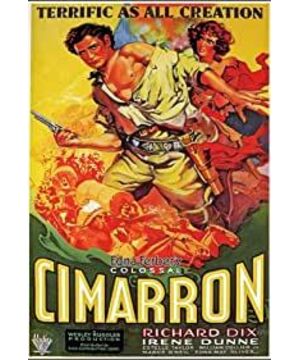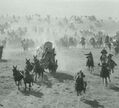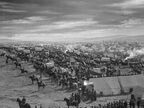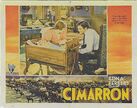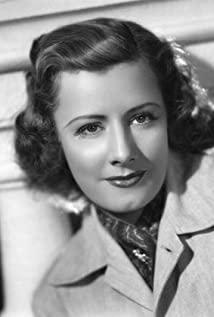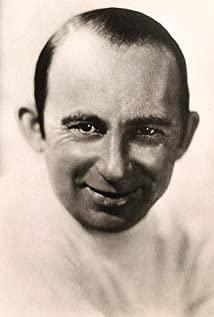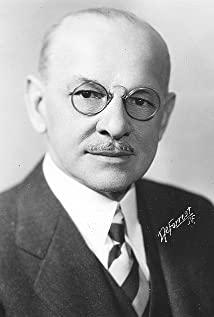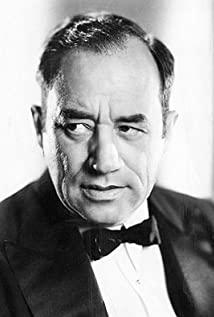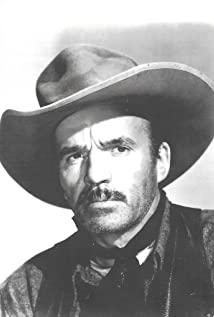Based on the best-selling epic novel of the same name by Pulitzer Prize winner Edna Ferber, it tells the 40-year history of Oklahoma from the perspective of a pioneer and adventurer Yancy. The film began with the free land rush of Unassigned Lands on April 22, 1889, covering the largest enclosure wave (Cherokee Strip land run) in the history of 1893 and the Spanish-American War of 1898. Spanish-American War), the discovery of oil (Oil Capital of the World) in Tulsa in 1907, until the early days of the Great Depression in 1929. The protagonist Yancy is modeled after Temple Lea Houston, the youngest son of the former governor of Texas (but it seems that Temple has not run a newspaper). His sympathy and support for disadvantaged groups such as Indians, blacks, Jews, and prostitutes, his passionate and eloquent demeanor in court, his agile skill and skillful marksmanship, especially his brave, fearless, passionate pioneering, and never The character of contentment and home from all over the world deeply infects the audience. The final piece of bombing and the heroic sacrifice in the arms of his wife is too dramatic, but it can also be regarded as a complete end to his legendary life.
In order to reproduce the Oklahoma Land Rush of 1889 (Oklahoma Land Rush of 1889), where about 50,000 people participated in the year, Raiden Hua Film Company (RKO, whose symbol is a radio tower on the earth) used 5,000 extras. A total of 28 photographers participated in the shooting; later on, they built the fictional emerging western city Osage. We must know that all of this happened during the worst economic depression in American history. Even Raidenhua, one of the five major movie giants, required great courage. In the end, the film received a double harvest at the box office and word of mouth when it was released, and won the first and only Oscar (independently produced and released) Best Picture for Raidenhua. But even so, the company still did not recover its costs, and its overall performance was not as good as "No War on the Western Front," which was also a major production the previous year.
As the first Western film in history to win an Oscar for Best Picture (the next one will wait until 60 years later, "Dancing with Wolves"), the first film to be nominated for more than 6 Oscars (actually there are 7 nominations, China 3), the first film nominated for 5 Grand Slams (Best Picture, Best Director, Best Leading Actress, Best Screenplay), but this film has been ranked among the best Oscars with the lowest ratings many times later Video, at least on IMDB. Some people commented that his character is single, and some criticized his theme for being too simplistic, but I feel that it is very difficult to make such an excellent epic epic film in that era. China is still doing such a thing, and the quality is not as good as this film.
The title of the film (the name of the novel) comes from the early title of the stalk-shaped strip of western Oklahoma: Cimarron Territory. After the American Civil War, some ranchers moved freely into the area and formed a temporary territory. This territory was not recognized by the Union at first (also known as No Man's Land), until it was later incorporated into the Oklahoma Territory and became part of Oklahoma. However, translating Chinese into a lofty aspiration also fits the subject.
The protagonist Richard Dix played passionately, but then he was little known. Irene Dunne, the heroine who played the role of inheriting her husband's career and became a female hero, has received five Oscar nominations (none of them), including the film, and is considered uncrowned.
View more about Cimarron reviews


